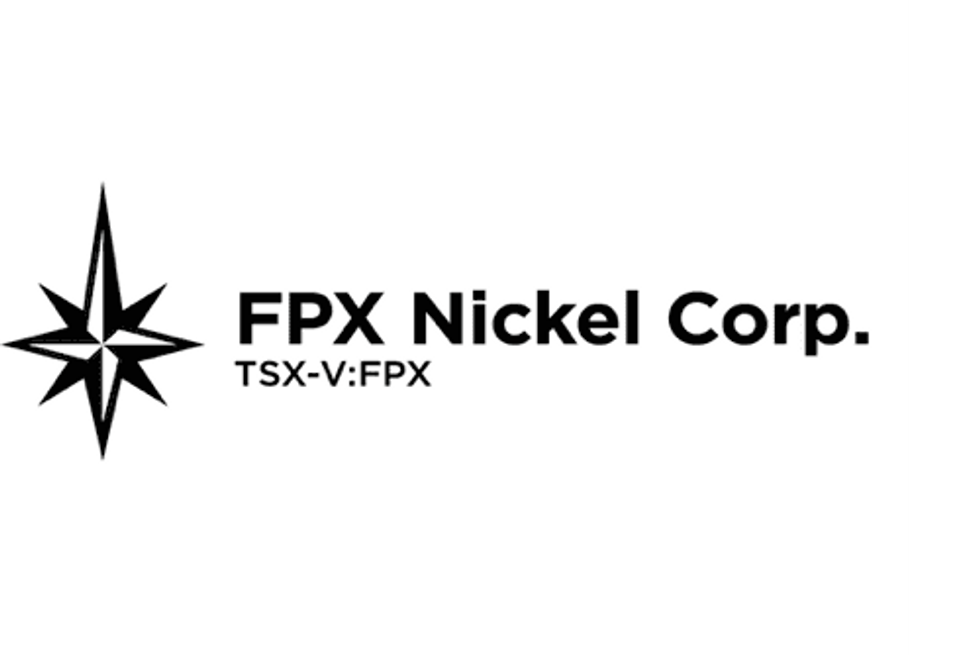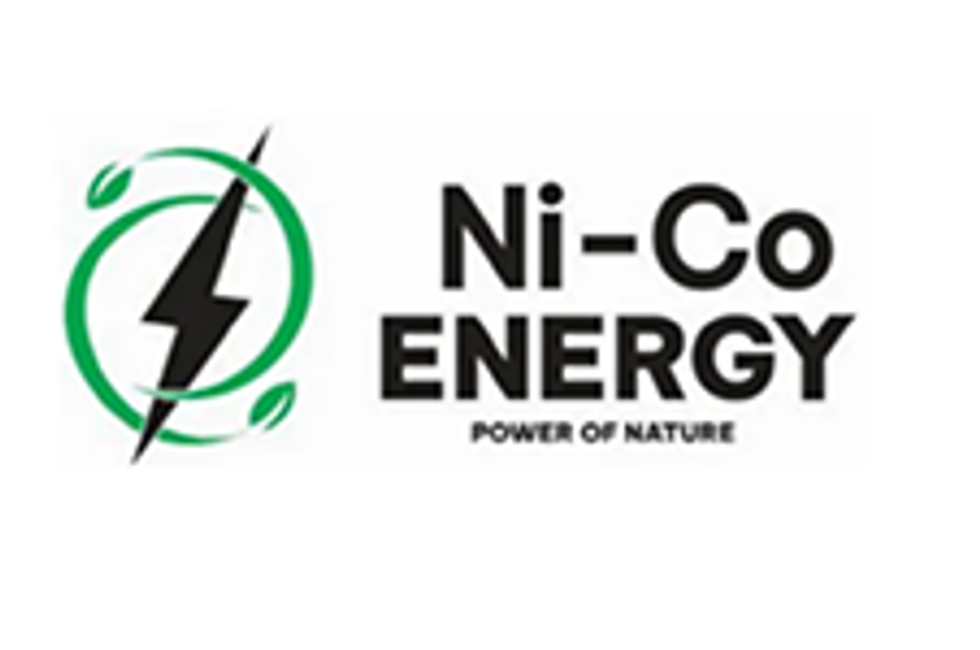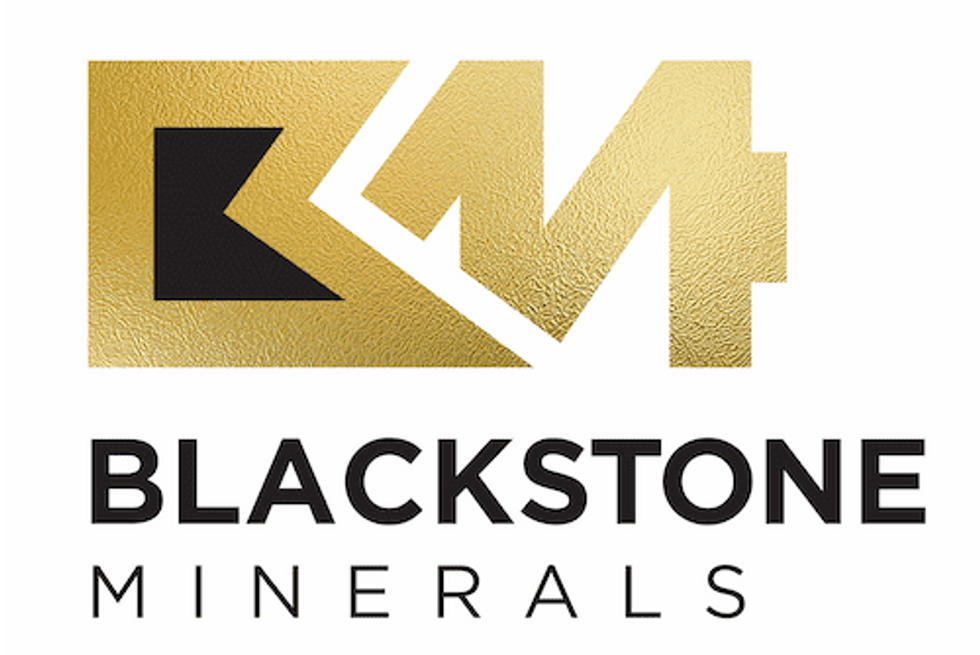Nickel Mining Investment is All About Location, Location, Location
Wondering if now is the time to invest in nickel? Junior Stock Review’s Brian Leni explains what to look for in a nickel-mining company.
Junior Stock Review’s Brian Leni addressed the future nickel supply and demand gap in a presentation at last week’s Mining Investment North America conference in Toronto, speaking to investors about a market that is poised to experience exponential growth due to electric vehicle (EV) demand.
In an interview with the Investing News Network (INN), he reiterated the need to buy quality stocks in jurisdictions that are mining friendly. Despite the positive projected outlook for the nickel sector, Leni remains cautiously optimistic.
“I’m pretty conservative, I would say I agree with Glencore’s (LSE:GLEN) long-term outlook, the same with RBC Capital Markets. They are predicting around a C$8 nickel price in a three- to five-year range and I think that’s probably a good outlook,” said Leni.
He added, “I think if the project or the company you’re looking at isn’t profitable below C$8 you should be looking somewhere else.”
Listen to the interview above for more of Leni’s thoughts on nickel. He also discusses the gold market and exciting developments in the Yukon. The transcript for this interview is available below.
INN: There’s been a lot of discussion around the importance of nickel as a battery metal. Do you think now is the time for investors to look at nickel as a long-term investment?
BL: Definitely. I think investors have to be careful with narrative. While I think that the nickel market has a lot of potential in the future, you still want to make sure that you buy quality. Meaning quality companies that are “when” not “if” questions. I think that’s the best way to go.
INN: How do you think this push towards EVs and hybrid vehicles will impact supply and demand for nickel?
BL: I see a lot of demand, especially looking at five to 10 years, especially the long-term outlook. So Glencore, for instance, predicts … that if they capture 30 percent of the global car market it could mean around a million tonnes of demand for the nickel market. Considering that it’s a 2-million-tonne mine production market, that could have a huge effect. So that’s probably your upside potential. I wouldn’t hang my hat on that, but it should give investors a clue to where this thing is headed.
INN: What are some of the risks associated with nickel investing?
BL: Actually there’s quite a few things. There’s obviously the political element, the nickel laterite deposits — you could talk about the Philippines and Indonesia, which have had a lot of different policy changes over the last few years that have really affected the nickel supply numbers. Specifically, first with Indonesia when they put a partial ban on exports to encourage refinement within the country, essentially like a job push; and the Philippines, they’re looking to maybe do the same thing, which could have huge effects if you have investments in those countries.
Secondly, especially with developing nickel deposits, you want to make sure that you have, or at least in my opinion, you want to make sure that the company that has the deposit first is economic at a reasonable nickel price, and that probably goes in conjunction with where they’re located. Nickel deposits that are far away from ports or wherever they’re going to send their concentrator pellet could have huge effects on their cost profile. Typically in a business that’s short on profits you want to make sure that you’re on the right end of that quartile.
INN: We discussed risks, but what are some of the benefits with investing in nickel?
BL: The upside potential when you mix quality companies with the right part of the cycle, which I believe we’re in right now, the gains can be tremendous. But again, the bigger part of that is buy quality first, and just have the mindset of a target price that you’re comfortable with — but realize that there is … a lot of upside potential.
INN: What is your outlook for nickel going forward?
BL: I’m pretty conservative, I would say I agree with Glencore’s long-term outlook, the same with RBC Capital Markets. They are predicting around a C$8 nickel price in a three- to five-year range, and I think that’s probably a good outlook. I think if the project or the company you’re looking at isn’t profitable below C$8 you should be looking somewhere else.
INN: At a conference earlier this week, big data disrupting gold mining was a topic. Do you think investors should be worried about how technology will impact the mining space?
BL: I don’t know if they should be necessarily worried. Again, I think this goes back to these qualitative narrative topics. Even though there is probably some quantitative element to it if you’re investing in, let’s say, the gold industry, and you focus on companies that have good deposits in, let’s say, reasonably good jurisdictions and good economics — the other stuff that happens around it I don’t think as important. If you want to try to wrap your head around it and fully understand it I think there obviously could be some benefit to it, positive or negative. But for me, I’d concentrate more on the arithmetic surrounding the value of the company and the difference between what it’s selling at. As long as I concentrate on that I feel more comfortable about the future.
INN: What are some of the risks associated with gold investing today?
BL: Again, jurisdiction is a big, big part of it, where you’re buying these deposits. I’ll give you an instance — so Ecuador is a country that has a lot of negative connotations with it, specifically to mining, and I think just like a metal price in a commodity cycle, jurisdictions flow through the same types of ups and downs.
Ecuador, for instance, with the Fruta del Norte debacle from 2014 and the subsequent selling to Lundin Mining (TSX:LUN). I think that marked a bottom and it’s on its way up — and so there’s a lot of risk associated with Ecuador, and rightfully so. I think it’s on the right trajectory forward, but you have to be cognizant of it as these things can change at any time. Other risks, depending again on how you choose your company, could be the gold price if you find yourself in that position. Again, it goes back to quality and you want to make sure that you’re buying companies that are either exploring for gold, or have projects that are economic at I would say the current price, around US$1,300 per ounce.
INN: At today’s Mining Investment conference you will be discussing socioeconomic trends in the commodity markets. Can you give us a brief overview of how these trends are influencing the commodities forecast?
BL: That’s actually changed, I’m actually doing my presentation on nickel. It’s kind of what we talked about previously, I think there’s a real opportunity in nickel. Let’s start on the supply side, there’s some big things happening on the supply side, such as underinvestment in nickel sulfides. The reason why that’s important is on the demand side, and that’s primarily driven by EV … demand into the future. The nickel sulfides are primarily what are used to be refined into the class-one nickel, which is key for the battery market. Now the laterites can be used too, but the cost profile of that is much bigger, so typically they’re not concentrated on.
So the issue becomes where do these nickel sulfide mines come from? They take five to 10 years to develop sometimes if you’re lucky, and what we’re seeing right now is a real divergence between what’s there and producing, and what needs to be there to meet the projected demand. Again, I know I’m repeating myself, but … you want to buy companies that have quality deposits run by quality people, and it’s just a matter of when your investment pays you off, not if.
INN: Are Canadian nickel companies a good investment at this time?
BL: There’s one company in particular that I really like, it’s FPX Nickel (TSXV:FPX). They have the Decar district in Central BC, it’s run by CEO Martin Turenne, one of the best in the business — trustworthy, smart, hardworking. Traits of a CEO that’s going to be successful in any any business. And most important is the profile of that company and what they have in the deposit. It is a low-grade deposit, but since its last PEA, and that was a number of years ago, they’ve expanded it, and they’re located near infrastructure, labor, there’s a lot of good things. And then the other side to it is they’re undervalued, I think, compared to what they’re worth so it’s a good scenario.
INN: I heard you will be heading to the Yukon soon — is there anything you’re looking forward to in particular with that trip?
BL: Sure. Site visits are definitely a way to up your game when it comes to due diligence, and for me the Yukon is a very new jurisdiction. I know some of the companies that are from there, [but] I’ve never really paid much attention to it. I attended a conference actually two weeks ago and it was specific to the Yukon — it was run by the YMA, which is the Yukon Mining Alliance, and they do a great job promoting the Yukon as a jurisdiction for mining. There are a lot of interesting stories and I’m very interested. You’ve got Klondike Gold (TSXV:KG), Rockhaven Resources (TSXV:RK) — some really interesting stories that I’m interested in seeing, so I’m looking forward to it.
INN: It’s almost like a new gold rush for the Yukon?
BL: It could be, it could be.
Don’t forget to follow us @INN_Resource for real-time updates!
Securities Disclosure: I, Georgia Williams, hold no direct investment interest in any company mentioned in this article.
Editorial Disclosure: The Investing News Network does not guarantee the accuracy or thoroughness of the information reported in contributed article. The opinions expressed in these interviews do not reflect the opinions of the Investing News Network and do not constitute investment advice. All readers are encouraged to perform their own due diligence.




